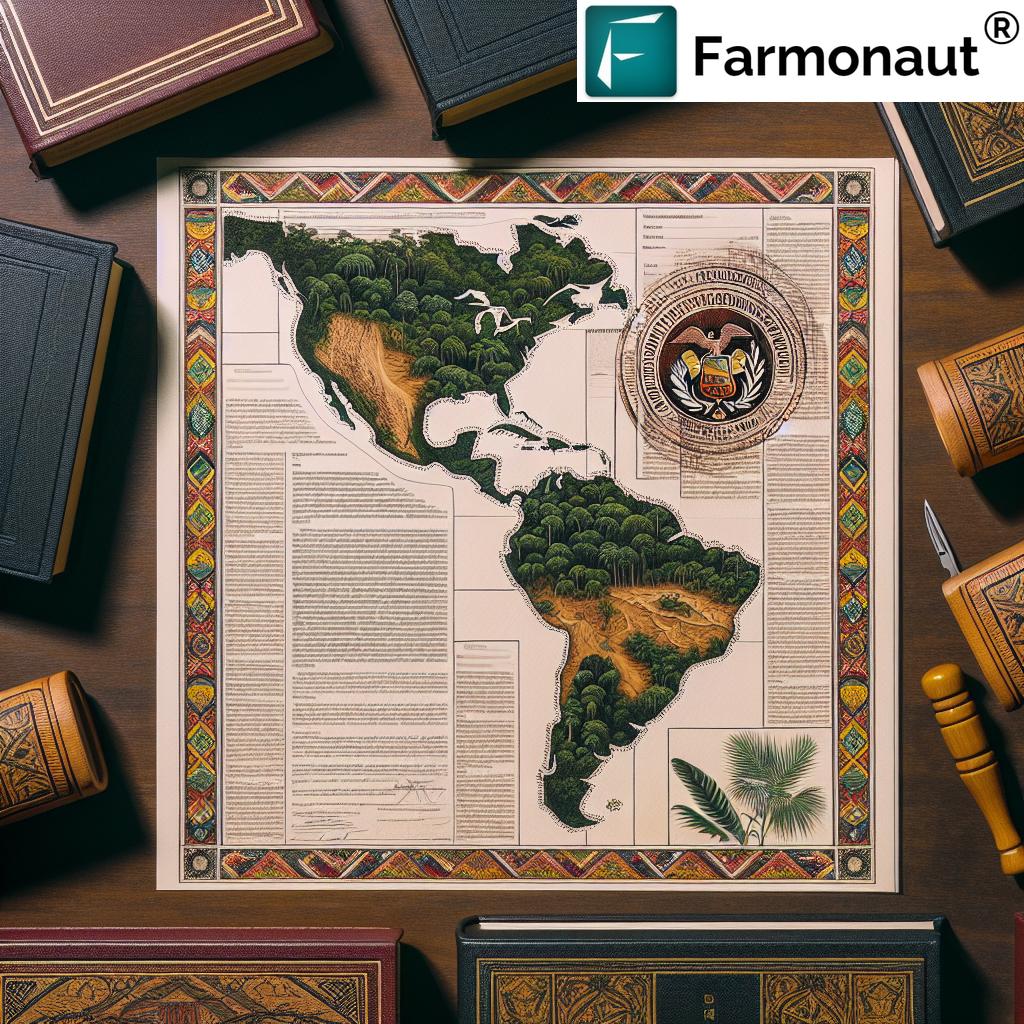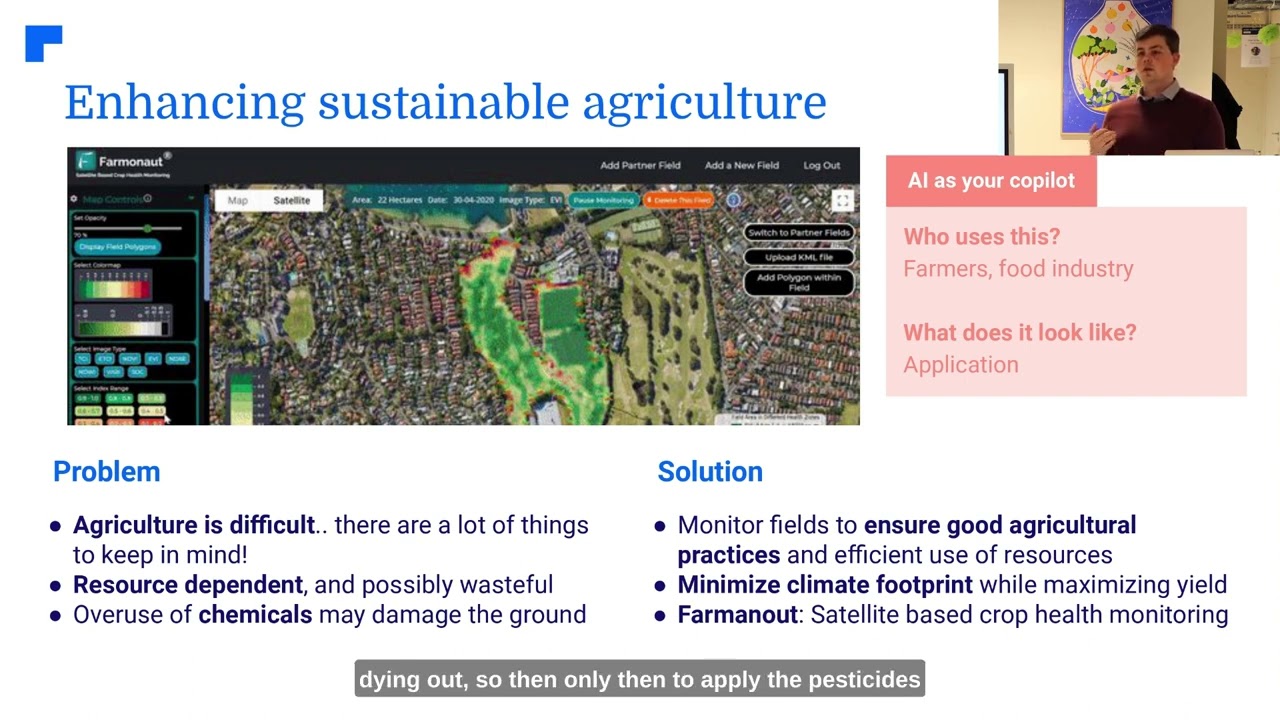Peru Environmental Law Amendment: 5 Critical Impacts on Amazon Forests
“Peru’s 2024 environmental law amendment could impact over 60% of the Amazon rainforest, threatening vital biodiversity hotspots.”
Introduction: Understanding the Peru Environmental Law Amendment
The Peru environmental law amendment has ignited significant debate—we, as global citizens, must carefully examine its repercussions on the Amazon, Indigenous communities, and Peru’s environmental future. At its core, this amendment modifies the requirements that previously governed converting forested land in Peru. No longer do land owners, companies, or the agribusiness sector need to seek state authorization before changing the use of forested areas. For many environmental groups and non profit organizations, this change signals a dangerous pathway toward deforestation in the Amazon rainforest, undermining decades of hard-won environmental protections.
Our goal in this post is to explore the five critical impacts of the Peru environmental law amendment, covering everything from illegal deforestation Peru and the weakening of Indigenous land rights to the broader global context, including links to EU regulation and agribusiness interests. Additionally, we will see how technologies and digital solutions—such as those pioneered by Farmonaut—can offer tools for monitoring, compliance, and sustainable development, despite legislative setbacks.
Background: The Roots of Peru’s Forestry and Wildlife Law
To understand the significance of the current amendment, we must first recognize the protections established by the 2011 Forestry and Wildlife Law in Peru. This law stipulated that any changes in forest land use required strict state approval through authorizations and detailed environmental studies. The goal was to ensure that precious forests, especially those forming part of our shared Amazonian heritage, remained protected against reckless development.
Over time, however, a series of reforms have chipped away at these safeguards. The most recent change—backed by some in Peru’s Congress and key agribusiness players—removes the requirement for state authorization before converting forested land for other purposes. Critics describe this as an effective legal endorsement of years of illegal land conversion across millions of hectares, potentially endangering vast stretches of the Amazon.
“Nearly 4 million Indigenous people’s land rights are at risk due to recent legal reforms affecting the Peruvian Amazon.”
5 Critical Impacts of the Peru Environmental Law Amendment on the Amazon
The recent legal reform in Peru’s environmental framework affects numerous interconnected aspects of national and global importance. Let’s discuss the five key areas most impacted by these changes:
-
Accelerated Deforestation Rates in Amazon Rainforest:
By eliminating the need for state controls, the amendment opens the door for large-scale deforestation in the Amazon rainforest. Retrospective legalization of past unauthorized land conversions means areas previously protected may now be lost forever. Such rapid loss threatens not only local biodiversity hotspots but also our global climate stability—since these forests absorb immense amounts of CO2. -
Threats to Peruvian Indigenous Land Rights and Community Sovereignty:
A central concern is the exclusion of Indigenous communities from meaningful consultation. Their constitutionally recognized rights and territories are at risk, as the court admitted the law violated procedures that should have involved these peoples. The reforms effectively undermine centuries of stewardship by Indigenous stewards. -
Loss of Biodiversity and Irreparable Ecosystem Damage:
With more than 70 million hectares of Amazonian forests—holding countless rare species—converted without oversight, the amendment sets the stage for collapse in ecosystem resilience, population declines, and species extinction. -
Alignment with Economic and Agribusiness Interests:
Powerful agribusiness groups and land owners have supported the change, hoping to stabilize their legal claims and expand operations. However, this alignment sacrifices long-term environmental sustainability for short-term economic certainty. -
Compromised Global Trade Regulations and Weakening of EU Compliance:
The reform raises serious compliance issues with new EU regulations meant to prevent the import of products linked to illegal deforestation. If previously illegal activities are made legal retroactively, it threatens the credibility and efficacy of international trade agreements and environmental protections.
Comparative Impact Table: Pre- and Post-Amendment
To illustrate how the Peru forest regulation changes are altering the Amazon, see our comparative table below:
| Impact Area | Pre-Amendment (Estimated Values) | Post-Amendment (Estimated Values) | Key Concerns/Implications |
|---|---|---|---|
| Deforestation Rates | Approx. 150,000–180,000 hectares/year; closely monitored | Predicted increase up to 250,000 hectares/year; weaker oversight | Unprecedented legal and illegal land use changes may accelerate Amazon loss |
| Indigenous Land Rights | Mandatory consultation with Indigenous groups; state approval required | Consultation largely bypassed; vulnerability of 4M+ people | Communities risk losing control over ancestral lands and resources |
| Biodiversity Loss | Protected areas, strict conversion limits; slow decline | Unregulated conversions threaten rare/endemic species | Accelerated habitat loss, species extinction risk rises sharply |
| Global Trade Compliance (EU Regulations) | Products must be proven deforestation-free; Peru faces scrutiny | Retroactive legality may permit suspect goods to enter EU | Erosion of international trust; risk of export bans, loss of market access |
| Legal Certainty for Farmers & Agribusiness | Land tenure disputes common; production hampered by regulatory delays | Greater certainty for agriculture sector expansion | Economic boost for some, but with long-term environmental costs |
Agribusiness and Economic Interests: Drivers of Legal Reform in Peru
We note that support for the amendment is strong among both legal and illegal actors. Large-scale agribusiness, land owners anxious for certainty, as well as groups affiliated with illegal mining and even drug trafficking, have backed the effort towards legal reform. While stabilization and formalization promises economic development, the trade-off appears to be a loss of oversight and a sharp rise in deforestation and land seizures.
The shift aligns Peru’s agricultural interests more closely with those seen in Brazil in recent years, where forest regulation was weakened in the name of productivity, but at the significant environmental and social cost. This troubling convergence underscores the complexity of balancing food security, livelihoods for farmers, and the sustainability of the planet.
By legalizing previous illegal deforestation, the amendment may inadvertently reward those who acted irresponsibly. Legal experts and environmental groups Peru-wide warn against setting such a precedent—a move that could encourage illicit land grabs and undermine faith in institutions.
Peruvian Indigenous Land Rights: New Risks and Ongoing Struggles
For the more than 4 million Indigenous peoples whose way of life depends on the health of the Amazon, the amendment is not merely a regulatory adjustment—it represents an existential threat. The constitutional mandate for state consultation with these groups was breached. Peru’s Court even recognized this lapse, but let stand the core provision that legalizes illegal conversions retroactively.
Indigenous leaders have highlighted the danger of land-grabbing, the weakening of environmental oversight in remote regions, and the ongoing loss of national patrimony. Our forests, as they rightly argue, do not belong to private entities or companies, but to the entire nation. This struggle has drawn the attention of international environmental groups and non profit organizations, who signal that this legal change could serve as a blueprint for similar efforts elsewhere.
We all—policy makers, citizens, and businesses—share a duty to support Indigenous communities environmental protection and to uphold the Peruvian constitution’s guarantees.
Global Trade, EU Regulations & Peru Rainforest Legal Reform
One of the indirect but crucial impacts of the Peru forest regulation changes involves international trade and the European Union. New EU regulations demand that products like soy, beef, cocoa, and palm oil entering European markets are demonstrably free of illegal deforestation. By providing retroactive legality to prior land uses, Peru’s amendment risks the export of goods linked to environmental harm, undermining both regulatory intent and market trust.
This concern has been echoed by trade officials and non-profit watchdogs. The disconnect between Peru’s stated intentions (to comply with EU regulation) and the EU’s position (which requires traceability, not relaxed legality) exposes a dangerous loophole. In the era of climate crisis and sustainability-led business, this sends a worrisome signal to global markets and introduces significant supply chain risks—particularly for companies committed to traceable, ethical sourcing.
Businesses, environmental groups, and even Peruvian government ministries need access to digital tools to verify product origins, maintain compliance, and continue selling into high-value international markets.
How Technology and Data Can Support Environmental Protection
In light of weakened legislative frameworks, advanced technological solutions become increasingly critical for conservation, regulatory enforcement, and sustainable land management. This is where platforms like Farmonaut are pivotal. By providing real-time satellite-based farm management—accessible via web, Android, and iOS—Farmonaut empowers stakeholders to:
- Monitor crop health and vegetation coverage using large-scale farm management features powered by advanced satellite imagery
- Identify and track changes in forested areas, alerting authorities, companies, and non profit organizations of suspicious or unauthorized deforestation activities
- Farmonaut’s Jeevn AI offers real-time recommendations and sustainability insights, increasing farm efficiency while reducing resource wastage
- Utilize blockchain-based product traceability (Traceability Solution) to guarantee supply chain transparency—an essential factor for access to EU markets
- Measure and report carbon footprinting (Farmonaut Carbon Footprinting Tools), supporting compliance with environmental regulations and sustainability goals
These digital services do not just help track unauthorized land uses; they offer companies, regulators, and communities the accuracy and immediacy needed to respond swiftly to illegal activity and adapt farming practices for a greener tomorrow.
Farmonaut Solutions for Sustainable Land Management in Peru
Farmonaut is committed to enabling accessible, effective, and sustainable precision agriculture. Our core mission is to help farmers, agribusinesses, and even policymakers monitor and optimize their land with cutting-edge satellite, AI, and blockchain tools. For the Peruvian context, our technologies are particularly relevant given current legal uncertainties.
- Our satellite-based crop health monitoring provides instant data on NDVI, soil moisture, and vegetation cover—crucial for early detection of illegal deforestation and proper land use planning.
- Through blockchain-based product traceability, Peruvian producers can certify their goods for export, meeting the strictest traceability requirements of buyers in the EU and beyond.
- Farms and agribusinesses can utilize carbon footprinting tools to measure greenhouse gas emissions, supporting climate action and compliance with global regulations.
- For those managing extensive operations, our robust fleet & resource management system helps reduce costs, improve transparency, and prevent misuse—enhancing both profitability and environmental responsibility.
- Financial institutions and insurers benefit from satellite-based crop loan and insurance verification, reducing fraud and making loans more accessible to Peruvian farmers.
If you’re a developer or business wanting to integrate our powerful data into your solutions, start with our official satellite and weather API or review our API developer documentation.
Whether you’re a farmer cultivating a few hectares near the outskirts of the Amazon or a government body seeking data for national-level environmental coverage, Farmonaut’s scalable, affordable, and intuitive platform is available to all. Visit the app now for more information about our crop plantation and forest advisory solutions.
FAQ: Peru Environmental Law Amendment and Amazon Deforestation
What key change did the Peru Environmental Law Amendment introduce?
The amendment removed the requirement for state authorization before land owners or companies convert forested land, including the Amazon, for other uses. This increases legal certainty for some, but opens the door to increased deforestation and weakens historical protections.
How does the amendment affect Peruvian Indigenous land rights?
The law undermines Indigenous communities’ rights by bypassing the required consultation process. This could threaten over four million people’s ancestral lands, making them more vulnerable to land grabs and resource loss.
What are the global consequences of the amendment?
Peru forest regulation changes risk undercutting new EU regulations that ban imports tied to illegal deforestation. The retroactive legalization may permit goods linked to past illegal activities to enter high-value markets under the guise of compliance.
How can technology help address these issues?
Platforms like Farmonaut provide satellite-based monitoring, blockchain traceability, carbon tracking, and more—enabling better regulatory compliance, resource management, and transparency for agricultural products and land governance.
How do Peru’s reforms compare with Brazil’s recent forest policies?
Both countries have faced pressure from agribusiness to ease environmental restrictions. In Peru, this has led to a looser coalition backing reform; in Brazil, industrial interests drove policy shifts. In each case, environmental groups see a pattern of sacrificing long-term sustainability for economic expediency.
Conclusion: Shaping the Future of Peru’s Forests
The Peru environmental law amendment is a tipping point for one of the world’s most critical ecosystems. We must recognize the scale of what is at stake—dozens of Indigenous groups, millions of hectares of Amazon rainforest, global climate stability, and the credibility of sustainable trade. To counterbalance the legislative retreat, we propose embracing data-driven, technologically advanced tools like those provided by Farmonaut. These empower stakeholders to enforce best practices, monitor compliance, and promote agricultural productivity without repeating the mistakes of the past.
In solidarity with Peru’s communities, environmental defenders, and responsible economic sectors, let us champion innovation, uphold our shared patrimony, and act to ensure the Amazon remains a living, breathing treasure for the nation, region, and planet.






















